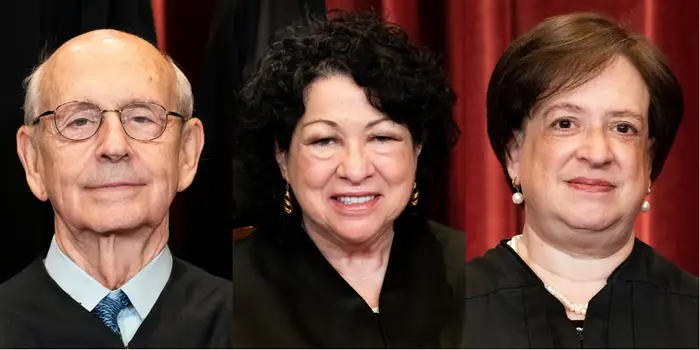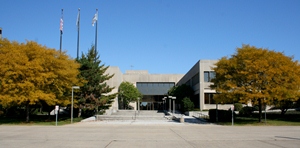Which Supreme Court Justices Are Liberal?
In the complex and ever-evolving landscape of the United States Supreme Court, the ideological leanings of its justices play a pivotal role in shaping the nation’s legal framework. Supreme Court justices can be broadly categorized into two main ideological groups: liberal and conservative. This article delves into the realm of liberal Supreme Court justices, exploring their backgrounds, key decisions, and the impact they’ve had on the country.
Understanding the Ideological Spectrum
Before we dive into the specifics, it’s essential to understand the ideological spectrum within the Supreme Court. Justices can be broadly categorized as liberal, conservative, or somewhere in between. The distinction between liberal and conservative justices often centers on their interpretation of the Constitution and their views on social, political, and legal issues.
Identifying the Liberal Justices
- Ruth Bader Ginsburg: Often regarded as a liberal icon, Justice Ginsburg served on the Supreme Court from 1993 until her passing in 2020. Her rulings were consistently aligned with liberal principles, advocating for gender equality, reproductive rights, and civil liberties.
- Stephen Breyer: Justice Breyer, appointed in 1994, is known for his pragmatic approach to interpreting the Constitution. He has supported affirmative action, environmental regulations, and a broad view of the First Amendment.
- Sonia Sotomayor: Appointed by President Obama in 2009, Justice Sotomayor is the first Hispanic and third female justice in the Supreme Court’s history. She has championed the rights of minorities, workers, and criminal defendants.
Landmark Decisions by Liberal Justices
Liberal justices have played pivotal roles in several landmark Supreme Court decisions that have had far-reaching implications for the nation. Some notable cases include:
1. Obergefell v. Hodges (2015)
In a historic decision, the Supreme Court, with the support of liberal justices, legalized same-sex marriage across the United States. This ruling marked a significant victory for LGBTQ+ rights.
2. Roe v. Wade (1973)
Justice Ginsburg was a staunch defender of a woman’s right to choose. The Roe v. Wade decision, which legalized abortion, remains a foundational ruling in women’s reproductive rights.
3. National Federation of Independent Business v. Sebelius (2012)
Justice Breyer was among those upholding the Affordable Care Act, a significant achievement in healthcare reform that extended insurance coverage to millions of Americans.
The Impact of Liberal Justices
Liberal Supreme Court justices have had a profound impact on shaping the social and legal landscape of the United States. Their rulings have often pushed the boundaries of civil liberties and equality, addressing issues such as LGBTQ+ rights, healthcare, and criminal justice reform.
Liberal justices have been advocates for a more inclusive and progressive America, often challenging the status quo and promoting justice and equality for all citizens.
Conclusion
In the constantly shifting dynamics of the Supreme Court, liberal justices have played a vital role in shaping the nation’s legal landscape. Their commitment to civil rights, social justice, and progressive values has left an indelible mark on the United States.
Now that we’ve explored the world of liberal Supreme Court justices, it’s essential to remember that the Court’s composition can change over time, leading to shifts in its ideological balance.
FAQs
- Are liberal Supreme Court justices always appointed by Democratic presidents? Not always, but they tend to be appointed by Democratic presidents who align with liberal ideologies.
- Can liberal justices change their positions over time? Justices can evolve in their thinking, leading to shifts in their judicial philosophy, although this is relatively rare.
- How do liberal justices influence the Court’s decisions if they are in the minority? Liberal justices in the minority can still have a significant impact by writing dissenting opinions that can shape future rulings.
- What is the role of the Chief Justice in relation to liberal justices? The Chief Justice, regardless of their own ideology, plays a crucial role in shaping the Court’s agenda and fostering consensus among justices.
- How do conservative and liberal justices interact on the Supreme Court? Justices engage in rigorous debates and discussions, and their interactions can vary from case to case, with some cases leading to unanimous decisions while others result in closely divided votes.







